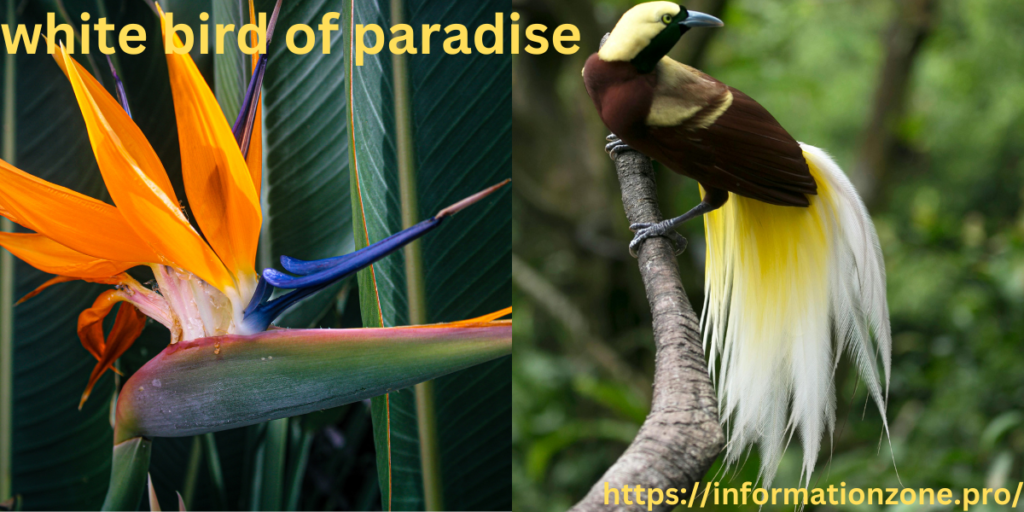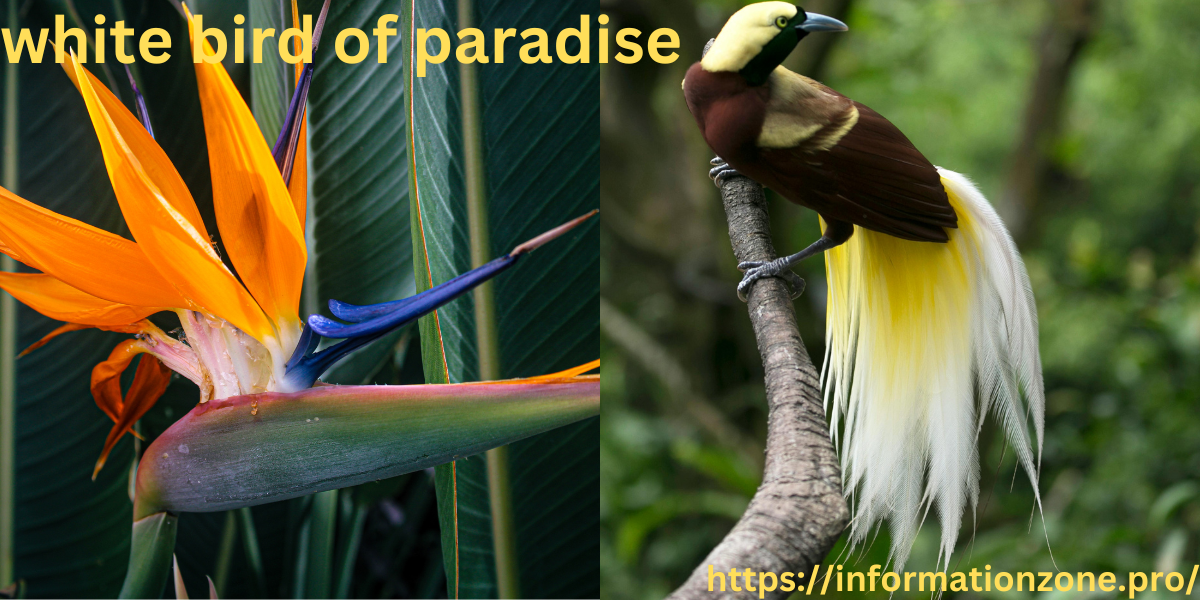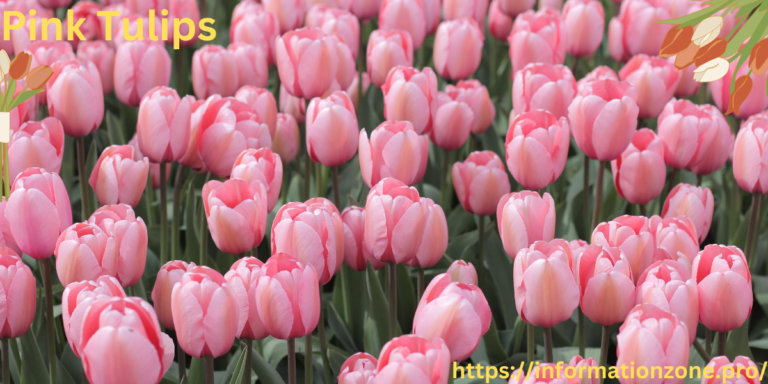How to Care for Your White Bird of Paradise Plant
Introduction to the White Bird of Paradise Plant
If you’re looking to add a touch of the tropics to your home, the White Bird of Paradise plant is an excellent choice. With its striking foliage and stunning flowers, this plant not only enhances your indoor or outdoor space but also brings a sense of exotic beauty. Native to South Africa, it thrives in warm climates and can grow impressively tall, making it a standout feature in any garden or room.
Caring for your White Bird of Paradise requires some knowledge about its needs and preferences. Whether you’re a seasoned gardener or just starting out, understanding how to nurture this spectacular plant will ensure that it flourishes under your care. Dive into our guide on maintaining the health and vibrancy of your White Bird of Paradise plant so you can enjoy its breathtaking presence for years to come!
The Ideal Growing Conditions for a White Bird of Paradise Plant
The White Bird of Paradise thrives in warm, tropical climates. This plant loves bright, indirect sunlight. Aim for at least six hours of light each day to keep it happy.
Temperature plays a crucial role. It prefers temperatures between 65°F and 70°F during the day and slightly cooler at night. Protect it from frost; chilly weather can cause damage.
Humidity is another key factor. A humidity level around 50% enhances growth significantly. If your home is dry, consider misting its leaves or using a humidifier nearby.
Space is essential too. These plants can grow quite large, so ensure you give them plenty of room to spread out both above and below the soil surface.
Keep an eye on airflow as well; good ventilation helps prevent fungal issues while promoting overall health for your White Bird of Paradise.
Choosing the Right Pot and Soil

Choosing the right pot is crucial for your White Bird of Paradise. A container with drainage holes ensures excess water escapes, preventing root rot. Opt for a pot that’s slightly larger than the current one to allow room for growth.
When it comes to soil, a well-draining mix is essential. Look for a blend designed for tropical plants or add perlite and sand to standard potting soil. This will mimic their natural habitat while providing necessary aeration.
Additionally, aim for a pH level between 6.0 and 7.5. This range supports healthy nutrient uptake so your plant can thrive.
Remember, ceramic or terracotta pots are great choices as they help regulate moisture levels better than plastic options do. Your White Bird of Paradise deserves the best foundation to flourish!
Watering and Fertilizing Your Plant
Watering your White Bird of Paradise requires a delicate balance. This tropical plant thrives in moist conditions but dislikes soggy roots. Aim to keep the soil consistently damp, allowing the top inch to dry out between waterings.
During the growing season, usually spring and summer, it’s essential to fertilize regularly. Use a balanced liquid fertilizer every four to six weeks. This will promote lush foliage and vibrant blooms.
In fall and winter, reduce watering frequency as the plant enters dormancy. Fertilization can also be cut back during these months since growth slows significantly.
Always observe your plant’s leaves for signs of distress—yellowing may indicate overwatering, while brown tips could suggest underwatering or insufficient nutrients. Adjust your routine based on its response for optimal health and growth.
Pruning and Propagating Tips
Pruning your White Bird of Paradise is essential for its health and aesthetics. Start by removing any dead or yellowing leaves. This not only improves the plant’s appearance but also prevents potential disease.
Use clean, sharp shears to make precise cuts. Aim for just above a leaf node, which encourages new growth. Regular pruning helps maintain an attractive shape and promotes airflow.
For propagation, take healthy cuttings from mature plants during spring or summer. Each cutting should be at least six inches long with a few leaves attached. Dip them in rooting hormone to enhance success rates.
Plant these cuttings in well-draining soil and keep them moist but not soggy. Place them in bright indirect light until roots develop—usually within a few weeks—making way for new life to flourish alongside your existing plants.
Common Pests and Diseases to Look Out For
The White Bird of Paradise, with its striking foliage and tropical vibe, can attract a few uninvited guests. Keep an eye out for spider mites, tiny nuisances that thrive in dry conditions. They leave webs and yellow spots on leaves.
Another common offender is the mealybug. These white, cottony pests cluster in leaf joints and can weaken your plant if left unchecked. A gentle wipe with soapy water often does the trick.
Fungal infections may also occur due to overwatering or poor air circulation. Yellowing leaves might indicate root rot; act quickly to remedy this situation by adjusting watering habits.
Regularly inspecting your plant helps catch these issues early. Healthy plants are less likely to fall victim to pests and diseases, so stay vigilant!
Troubleshooting Guide for Common Plant Problems
If your White Bird of Paradise plant isn’t thriving, it’s essential to identify the issue. Yellowing leaves often signal overwatering. Check the soil moisture before adding more water.
Brown leaf tips might indicate underwatering or low humidity levels. Consider misting the leaves or placing a humidifier nearby.
Pests can also be troublesome. Look for webbing or sticky residue on leaves, which may suggest spider mites or aphids. A gentle wash with soapy water can help eliminate them.
Stunted growth could result from nutrient deficiencies. Ensure you’re using a balanced fertilizer during the growing season to promote healthy development.
Leaf droop is another common concern and usually points to stress, either from environmental changes or inadequate conditions. Assess light exposure and temperature to find a suitable spot for your plant’s needs.
Conclusion: Enjoying Your Beautiful White Bird of Paradise Plant
Caring for your White Bird of Paradise plant can be a rewarding experience. With the right conditions, it thrives and brings a touch of the tropics into your space. Regular watering, appropriate fertilization, and timely pruning will keep your plant healthy and vibrant.
As you enjoy its stunning foliage and unique flowers, remain vigilant against pests or diseases. Early detection is key to maintaining its beauty.
Remember that every plant has its quirks; adapting care techniques based on what works best for yours can lead to great success.
With patience and nurturing, your White Bird of Paradise will flourish—bringing joy to both you and any guests who admire its striking presence.



